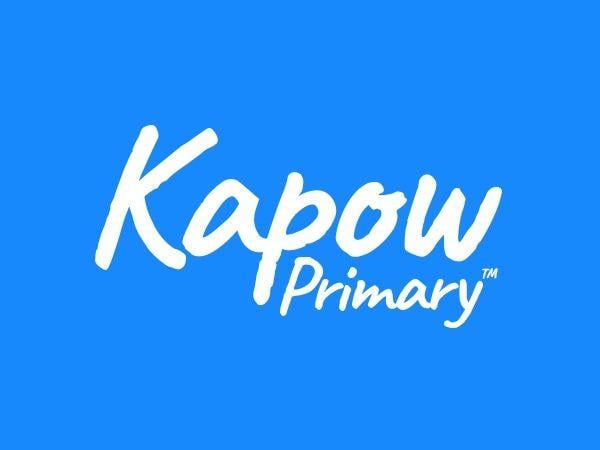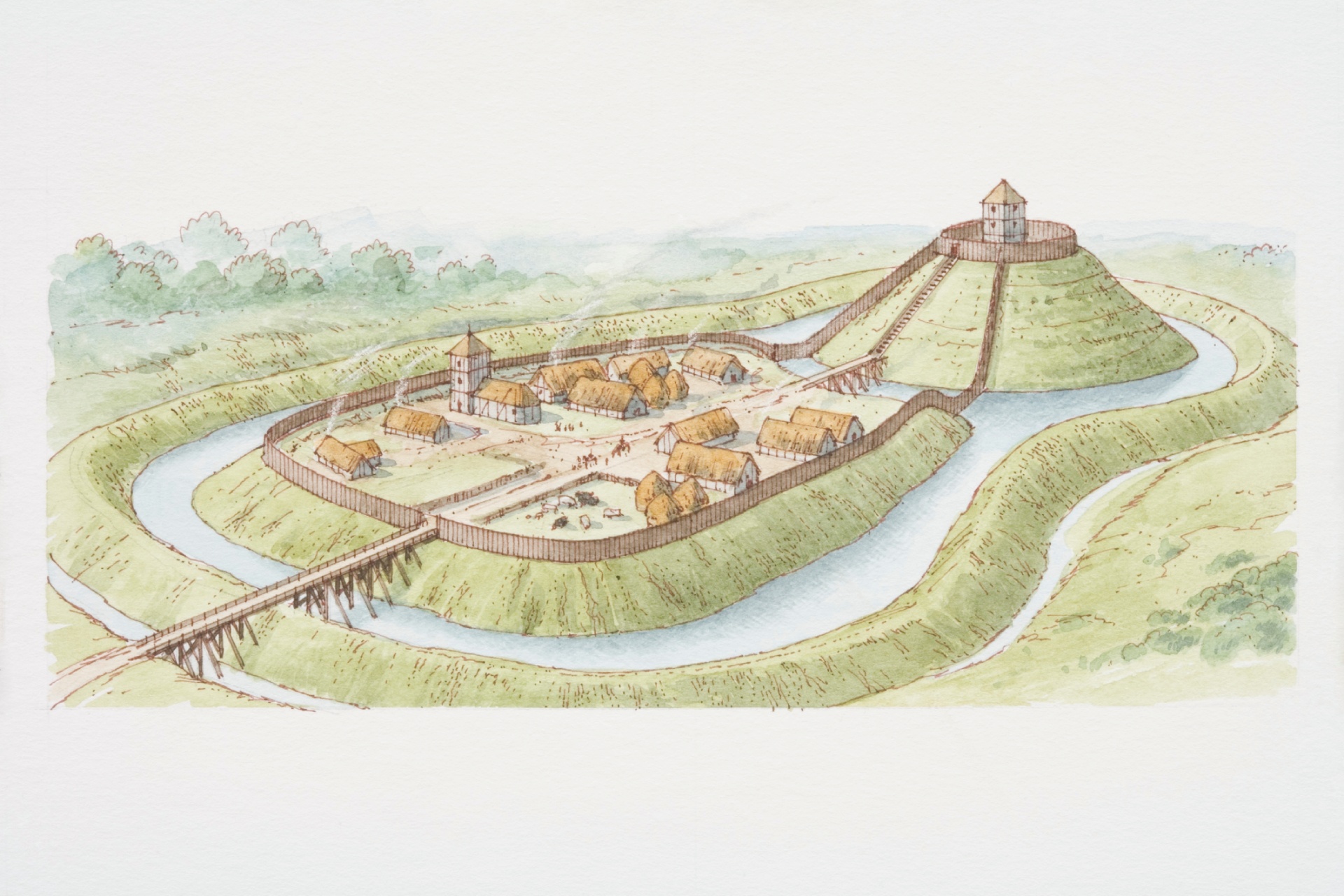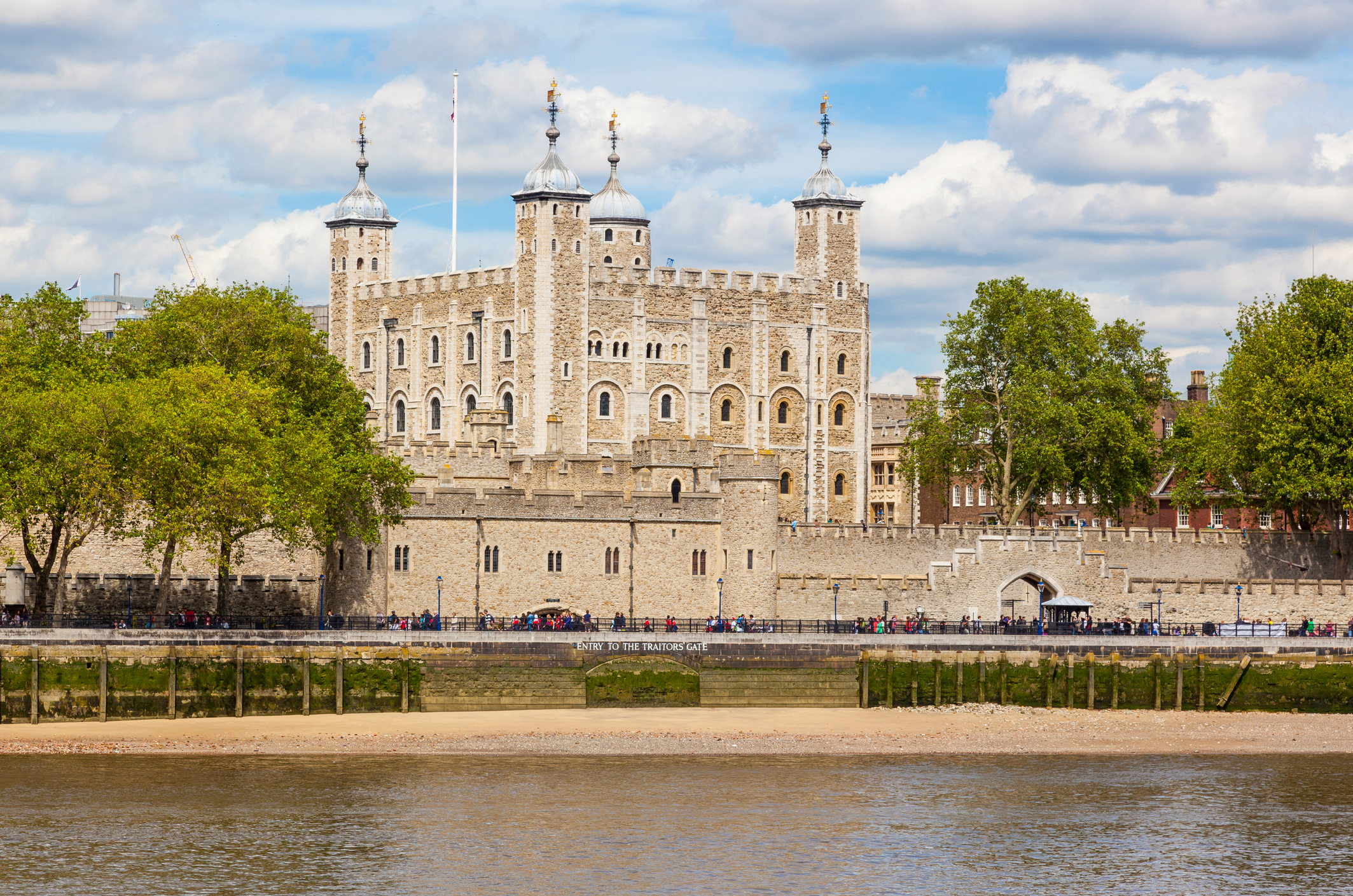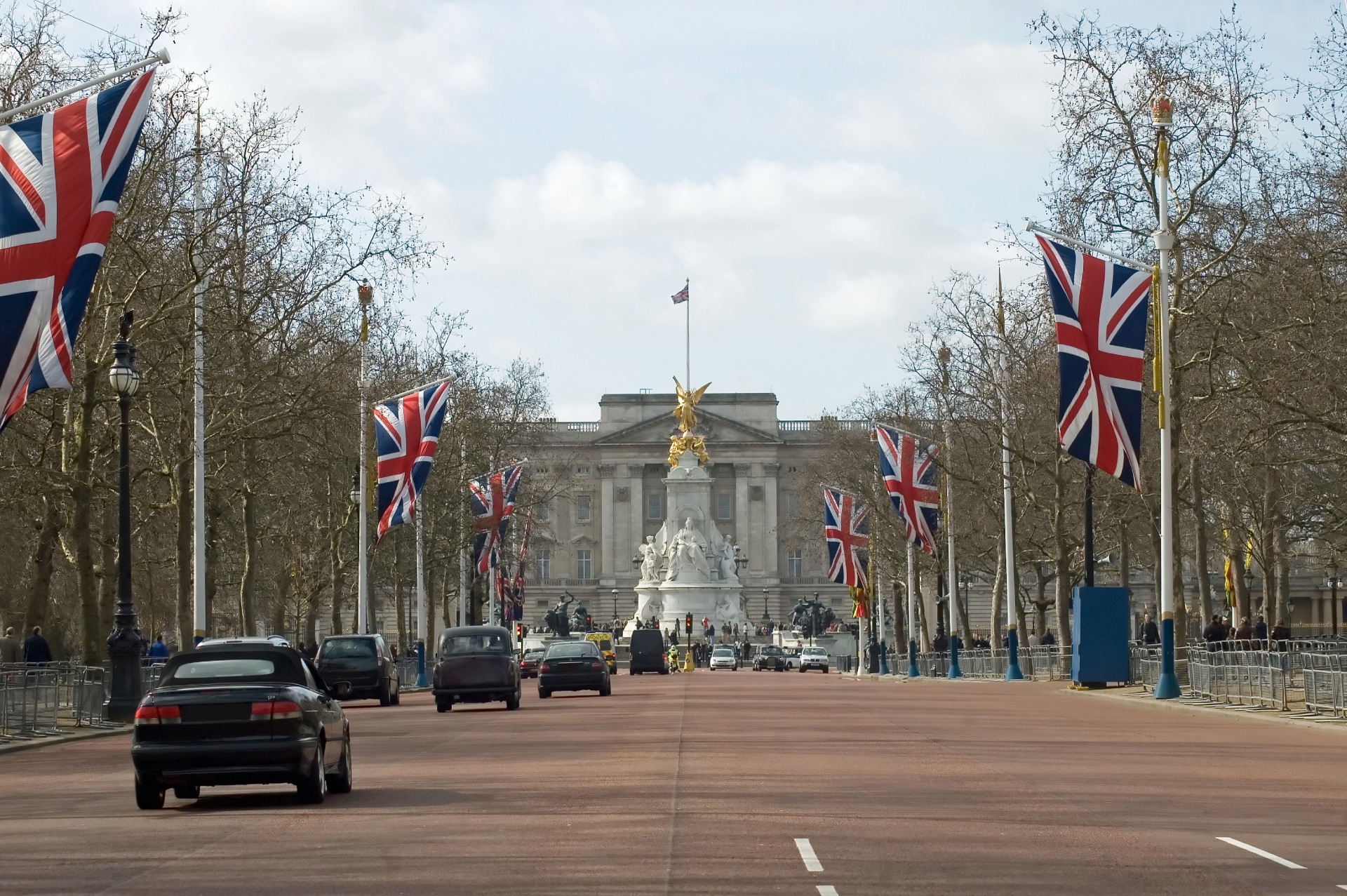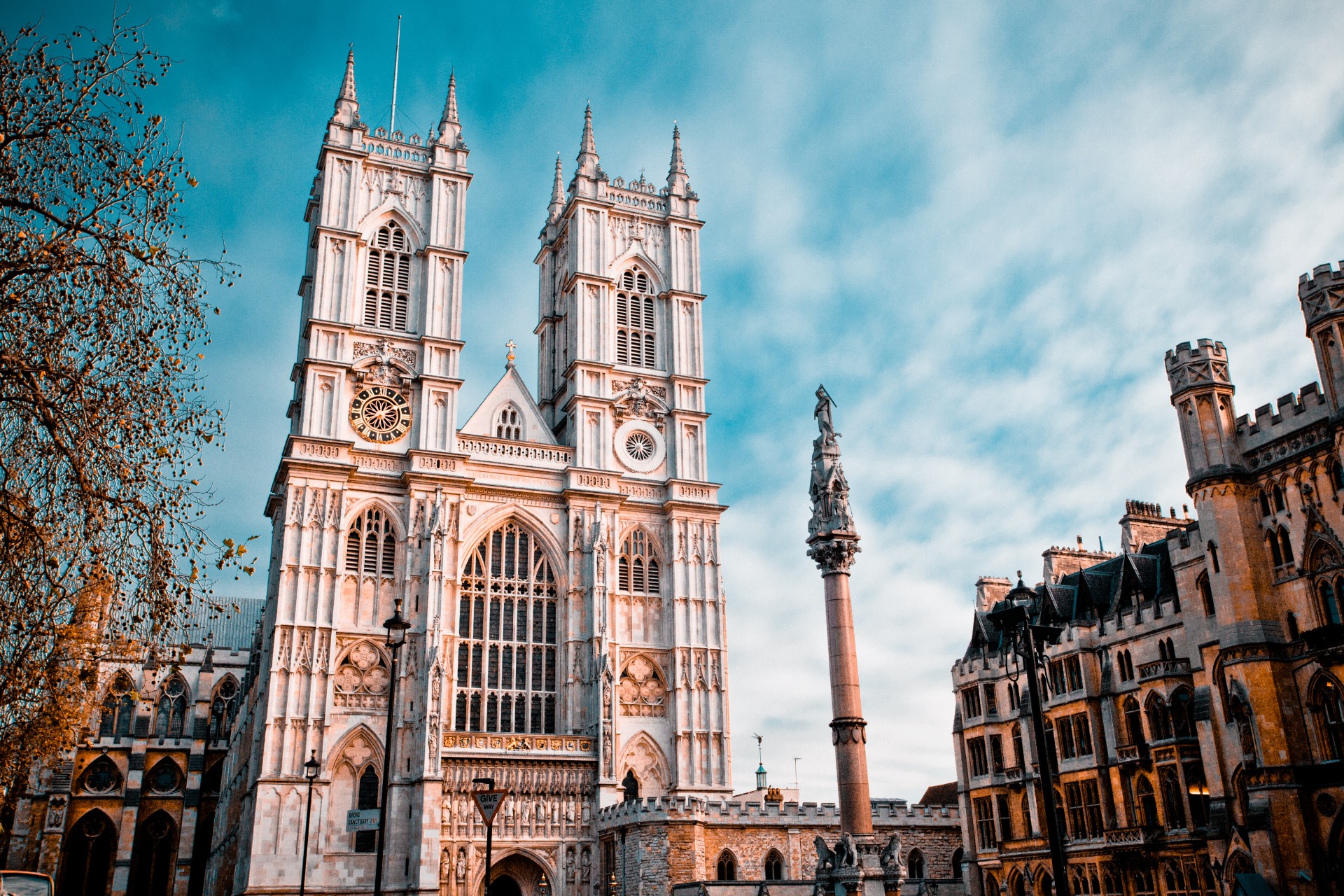Learning objective
- To explore coronations by acting out the ceremony.
Success criteria
- I can explain how and when someone becomes a monarch.
- I can identify steps in the coronation ceremony.
- I can explain the use of special objects in a coronation.
National curriculum
History
The National curriculum for history aims to ensure that all pupils:
- Know and understand the history of these islands as a coherent, chronological narrative, from the earliest times to the present day: how people’s lives have shaped this nation and how Britain has influenced and been influenced by the wider world.
- Gain and deploy a historically grounded understanding of abstract terms such as ‘empire’, ‘civilisation’, ‘parliament’ and ‘peasantry’.
- Gain historical perspective by placing their growing knowledge into different contexts, understanding the connections between local, regional, national and international history; between cultural, economic, military, political, religious and social history; and between short- and long-term timescales.
Pupils should be taught about:
- Changes within living memory. Where appropriate, these should be used to reveal aspects of change in national life.
Cross-curricular links
English
Spoken language
Pupils should be taught to:
- Participate in discussions, presentations, performances, role play/improvisations and debates.
See National curriculum – English - Key stages 1 and 2.
British values
- Tolerance of those with different faiths and beliefs.
See Promoting fundamental British values as part of SMSC in schools (non-statutory advice).
Before the lesson
Check all images, videos, links and presentation slides are suitable for your class.
- Presentation: Brain dump.
- Presentation: The coronation.
- A4 white paper (four sheets per pair).
- A toy crown or one of the children’s decorated crowns from Lesson 1 (see Attention grabber).
- Link: Kapow Primary timeline.
- Link: BBC – King Charles III's Coronation – this is an external website and we do not have control over its content – please check before showing it to the children.
Subject knowledge
- Charles became monarch on 8 September 2022 on the death of his mother, Queen Elizabeth II, not on the day of his coronation.
- Charles was proclaimed King through the ceremony of Accession, which took place on 10 September 2022.
- The coronation is a religious ceremony.
Lesson plan
1: Recap and recall
Arrange the children into pairs and display the Presentation: Brain dump. Ask the children to tell their partner everything they learnt in the last lesson about the monarchy in the United Kingdom.
Presentation: Brain dump
2: Attention grabber
Select ‘King Charles III’ (slide 1) from the Presentation: The coronation.
Presentation: The coronation
Explain that King Charles III is the 62nd British monarch to serve over the past 1,200 years. He became King on 8 September 2022 when his mother, Queen Elizabeth II, died. Show this by using the link: Kapow Primary timeline and navigating to the 21st century timeline. Select the filters ‘monarchs’ and ‘King Charles III’.
Questions
- Who is our monarch? (King Charles III.)
- What changes happen when we have a new monarch? (Some of the changes include: new coins, notes and updated postage stamps will feature the monarch’s image and the words in the British National Anthem will change from ‘God save the Queen’ to ‘God save the King’. The royal cypher – intials on new post boxes will also change.)
Select four volunteers (two boys and two girls). Using their birthdays, arrange them into a line in this order: oldest boy, youngest boy, oldest girl, youngest girl. Give the eldest boy the toy crown or decorated crown. Explain that in the past, the oldest son of the monarch would become king, even if he had an older sister.
Queen Elizabeth had no older brothers, so she became queen when her father, King George VI, died. King Charles is her eldest son, so he became the monarch when she died.
Explain that this has changed and now the eldest child becomes the next monarch, regardless of their sex. If necessary, rearrange the line of children in order of age to demonstrate this, giving the oldest child the crown.
Note that King Charles has two sons and that the oldest of them, Prince William, will become king when Charles dies.
3: Main event
Select ‘What can you see’ (slide 2) from the Presentation: The coronation.
Presentation: The coronation
Question
- What is happening in the photograph? (A crown is being placed on the monarch’s head.)
Point out that these are images of coronations – a special religious ceremony where a new king or queen is crowned in front of many people.
Question
- Have you been to any special ceremonies before? (The children may suggest other ceremonies with a religious element, such as a wedding or baptism.)
Queen Elizabeth II
Explain that Elizabeth became Queen in 1952 when she was 25 years old. She was crowned in 1953 at her coronation in Westminster Abbey. She died in 2022. Show these dates using the link: Kapow Primary timeline and selecting ‘Within living memory’ from the ‘All periods’ tab. Highlight that Elizabeth was the longest-reigning monarch Britain has ever had.
King Charles III
Display ‘Westminster Abbey’ (slide 3), which shows images of Westminster Abbey. Explain that King Charles III’s Coronation was on 6 May 2023 at Westminster Abbey. Show this by opening the link: Kapow Primary timeline and selecting the 21st century timeline.
Coronations
Use slides 4–8 to share the information about each part of the ceremony (the oath, the anointing, the investing, the crowning and the procession).
Watch the video clip of King Charles III’s Coronation using the link: BBC – King Charles III's Coronation.
Ask the children:
- What is a coronation? (A special religious ceremony where a new king or queen is crowned.)
- Where do coronations take place? (Westminster Abbey.)
- Why did King Charles III need a coronation? (It is a religious ceremony to show that he is King and Head of the Church.)
Arrange the children into pairs and give each pair four sheets of A4 white paper. Ask the children to write the name of one of the four parts of the ceremony (the oath, the anointing, the investing, the crowning) on each sheet of paper and draw a picture to remind them what happens during each part of the ceremony (e.g. a crown for the crowning).
In pairs, ask the children to act out a coronation – one in the role of the King and the other as the Archbishop of Canterbury. They will need to think of actions for each part of the ceremony.
4: Wrapping up
Ask the children to perform the coronation for the rest of the class. As they watch, the children in the audience must hold up the A4 sheet which matches that part of the coronation ceremony.
Extended-mode explainer videos
How to extend your display to view the lesson page and preseantion mode simultaneously. Choose your operating system below to watch the video
If you need further support with extending your display,
please contact [email protected].
Extended-mode explainer video: For Mac
Extended-mode explainer video: For Windows
Adaptive teaching
Pupils needing extra support
Could focus on drawing and acting out one stage of the coronation in the Main event; could use the Presentation: The coronation to remind them of the stages; could have the headings pre written on their paper.
Pupils working at greater depth
Could write a sentence on each piece of paper to describe the different stages of the coronation; could be tapped on their shoulders to instruct them to explain how their character is feeling when acting out the coronation.
Assessing progress and understanding
Pupils with a secure understanding indicated by: explaining that a king or queen is crowned in a special ceremony called a coronation; naming some of the main steps in the coronation ceremony; explaining the use of special objects in the coronation.
Pupils working at greater depth indicated by: describing some of the main steps in the coronation ceremony; explaining how a king or queen might feel during the coronation.
Vocabulary definitions
-
anointing
To make someone king or queen as part of a religious ceremony using oil.
-
Archbishop of Canterbury
The leader of the Church of England.
-
ceremony
A special or important event.
-
coronation
A special ceremony where a new king or queen is crowned.
-
crowning
When a crown is placed on a new king or queen’s head.
-
oath
A special promise.
-
orb
A special object, part of the crown jewels.
-
procession
A number of people or vehicles moving forward as part of a ceremony.
-
sceptre
A special object which is part of the crown jewels.
In this unit
Assessment - History Y1/2 (B): What is a monarch?
Y1/2 (B): Lesson 1: What is a monarch?
Y1/2 (B): Who is our monarch today?
Y1/2 (B): Lesson 3: How did William the Conqueror become King of England?
Y1/2 (B): Lesson 4: How did William the Conqueror rule?
Y1/2 (B): Lesson 5: How did castles change?
Y1/2 (B): Lesson 6: What was a monarch in the past?

